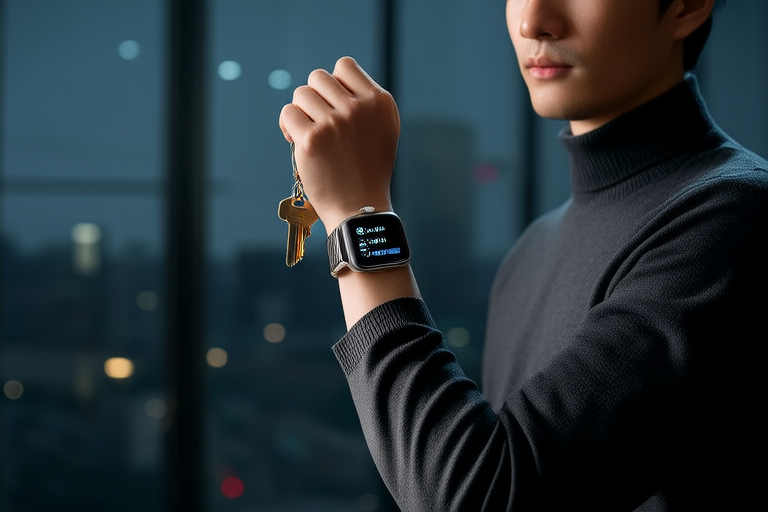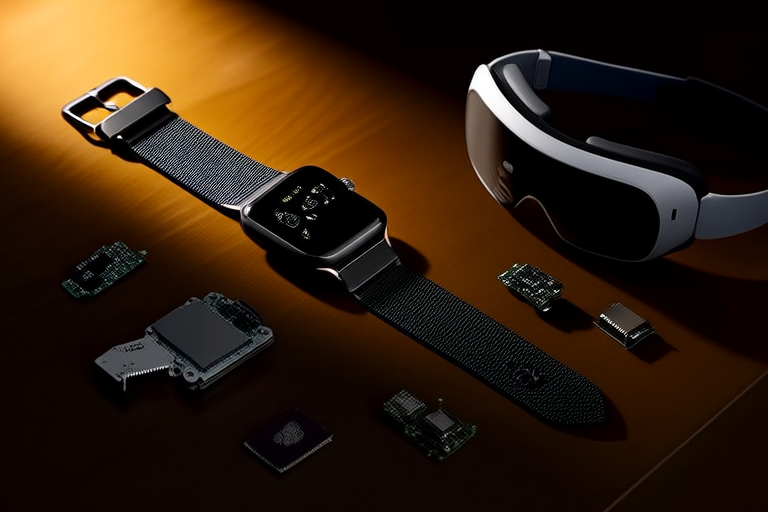Connecting Body and Mind: The Impact of Wearable Devices on Mental Health
Introduction
Wearable devices have become increasingly popular in recent years, evolving from simple fitness trackers to sophisticated tools capable of monitoring a wide range of physiological data. These devices are not just about counting steps or measuring heart rates; they are now equipped to provide valuable insights into mental health. By connecting body and mind, wearable devices offer a promising approach to enhancing overall well-being. This article explores the impact of wearable devices on mental health, discussing their capabilities, benefits, challenges, and future trends.
Understanding Wearable Devices
Wearable devices are electronic gadgets designed to be worn on the body, often integrated into clothing or accessories. Examples include smartwatches, fitness bands, and headbands. These devices are equipped with sensors that can collect various types of data, such as heart rate variability, sleep patterns, and stress levels. The data collected can be used to monitor physical activity, sleep quality, and other physiological indicators, providing users with valuable insights into their overall health.
For instance, heart rate variability (HRV) is a measure of the variation in time between each heartbeat. Higher HRV is generally associated with better mental health, while lower HRV may indicate stress, anxiety, or depression. Sleep patterns, another key metric, can reveal important information about the user’s rest quality and potential sleep disorders. By tracking these and other physiological indicators, wearable devices can offer a comprehensive view of the user’s mental health status.
The Role of Wearable Devices in Mental Health Monitoring
Wearable devices play a crucial role in mental health monitoring by tracking physiological indicators that are closely linked to mental well-being. For example, elevated heart rates, increased sweating, and rapid breathing are common physiological responses to stress and anxiety. By continuously monitoring these responses, wearable devices can help individuals identify patterns and triggers that may contribute to their mental health issues.
Real-world examples illustrate the benefits of using wearable devices for mental health management. Many users report feeling more in control of their mental health when they can track and understand their physiological responses. One individual, for instance, used a wearable device to monitor their HRV and noticed a significant decrease during periods of high stress. Armed with this knowledge, they were able to implement relaxation techniques and reduce their stress levels effectively.
The potential for early detection of mental health issues through continuous monitoring is particularly exciting. By identifying subtle changes in physiological data, wearable devices could help clinicians intervene before symptoms become severe. This proactive approach could lead to more effective treatment outcomes and improved quality of life for individuals struggling with mental health challenges.
Benefits of Wearable Devices for Mental Health
One of the primary benefits of wearable devices for mental health is their ability to promote self-awareness and mindfulness. By providing real-time feedback on physiological responses, these devices encourage users to pay attention to their bodies and emotions. This heightened awareness can lead to greater emotional regulation and resilience.
Moreover, wearable devices offer personalized insights and recommendations based on the data they collect. For example, if a device detects high levels of stress, it might suggest relaxation exercises or recommend a break from work. This level of personalization can be incredibly empowering for users, helping them take proactive steps towards improving their mental health.
Another significant benefit is the convenience and accessibility of wearable devices. Unlike traditional mental health treatments, which often require appointments and specialized equipment, wearable devices can be worn discreetly and used at any time. This makes them an attractive option for individuals seeking convenient and accessible solutions to manage their mental health.
Challenges and Considerations
Despite their many benefits, wearable devices also present several challenges and considerations. Privacy concerns are a major issue, especially given the sensitive nature of the data being collected. Users must trust that their information will be handled securely and confidentially. Companies developing these devices need to prioritize robust data protection measures to address these concerns.
The accuracy and reliability of data collected by wearable devices are also important factors to consider. While these devices have come a long way in terms of precision, there is still room for improvement. Users should be aware of potential inaccuracies and consult healthcare professionals for more reliable assessments.
Additionally, there is a risk of over-reliance on technology, which could lead to neglecting the importance of human intervention. While wearable devices can provide valuable insights, they should be used as part of a broader approach to mental health care that includes professional support and personal connections.
Future Trends and Innovations
The future of wearable technology holds great promise for mental health care. Advances in sensor technology and artificial intelligence could lead to even more precise and insightful data collection. For example, future devices might be able to detect subtle changes in speech patterns or facial expressions, offering even deeper insights into mental health.
Potential collaborations between tech companies, healthcare providers, and researchers could further enhance the effectiveness of wearable devices. Such partnerships could lead to the development of more sophisticated algorithms and personalized treatment plans. Ethical considerations, however, will remain paramount as these devices become more widely adopted.
Conclusion
In conclusion, wearable devices have the potential to revolutionize mental health care by connecting body and mind. Through continuous monitoring and personalized insights, these devices can help individuals better understand and manage their mental health. While there are challenges and considerations to address, the benefits of integrating wearable technology into daily routines are significant. As technology continues to evolve, the possibilities for improving mental health through wearable devices are boundless.
We encourage readers to explore the possibilities of incorporating wearable technology into their daily lives and to seek professional advice when needed. Together, we can harness the power of wearable devices to promote better mental health and overall well-being.




